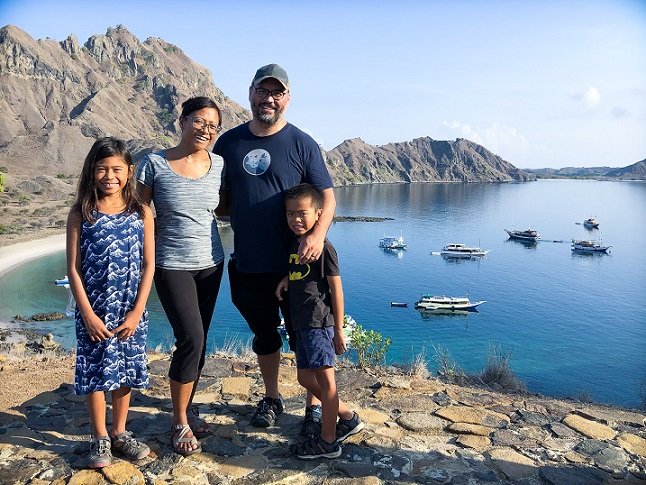Why A Travel Carbon Monoxide Detector Could Save Your Life
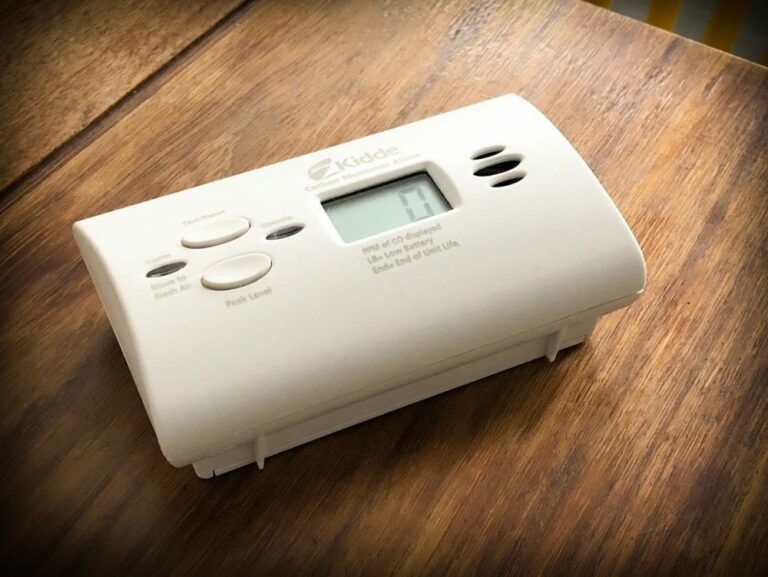
As a traveling family, some of the things we're constantly thinking about staying healthy, staying safe, and travel fitness. Our concerns extend beyond our own safety and health when we are out and about, but also in the places we choose to stay. We recently had a carbon monoxide scare. And had it not been for our travel carbon monoxide detector, it might have turned into something more serious.
When you travel, there are so many things that could go wrong. But rather than worry about it and avoid travel altogether, I choose instead to be prepared. In the case of potential carbon monoxide poisoning, our primary form of prevention comes in the form of a travel carbon monoxide detector.
This post was updated on December 6, 2019.
This post may contain affiliate links. That means I may receive a small commission if you click on the link and purchase something. But don't worry, this will not result in any extra costs to you.

What is carbon monoxide?
Carbon monoxide is an odorless and colorless gas. It occurs when there is not a lot of oxygen in the air to create carbon dioxide. In the home, carbon monoxide usually occurs when you're operating a gas stove or a gas heater in an enclosed space.
Why is carbon monoxide dangerous for humans?
In humans, large amounts of carbon monoxide can be dangerous. The compound works with your body's biology to convert hemoglobin into carboxyhemoglobin, and prevents oxygen from being transported in the blood to your organs.
Carbon monoxide levels in the air are measured by ppm: parts-per-million. Safe levels of carbon monoxide are between 0 to 35 ppm. Exposure to carbon monoxide at levels of 35 ppm for over eight hours will result in slight headaches. At 100 ppm, that time shortens to two or three hours. At 200 ppm, the symptoms also include loss of judgement. And at 400 ppm, you'll begin to feel a frontal headache within one or two hours.
What is a lethal level of carbon monoxide?
Carbon monoxide is lethal at levels of 1600 ppm and above. It can lead to death within two hours at that level, and even sooner at higher levels. Because carbon monoxide is colorless and odorless, having a carbon monoxide meter, or even a small travel carbon monoxide detector, can help keep you from being in an unsafe (and potentially lethal) environment.
Keeping kids safe during travel requires a game plan. Read my travel safety post here.
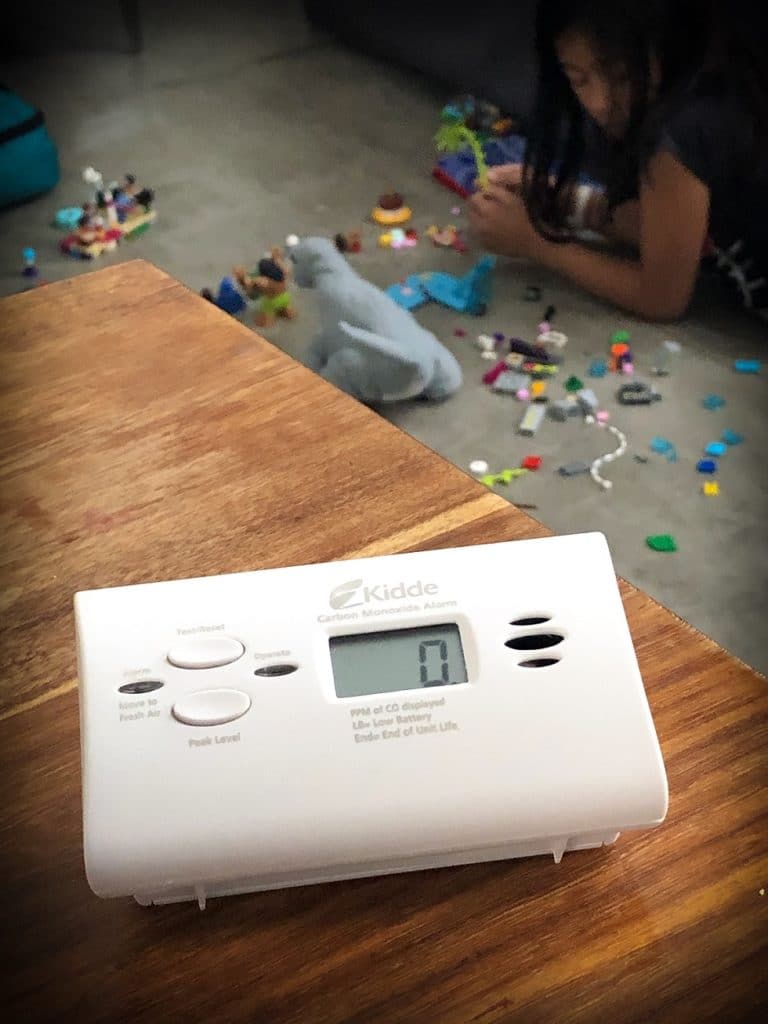
Our recent carbon monoxide scare
We recently had a carbon monoxide scare while staying at an Airbnb property in a 115 year old building in Mexico. It really opened our eyes to how important it is for us to have a travel carbon monoxide detector.
For most work days, my husband usually works from the Airbnb or hotel room. On this particular day, our carbon monoxide and gas detector that we travel with started to go off. The travel carbon monoxide detector was showing a reading of around 70 ppm. So my husband took a walk around the block to get some fresh air, and came back to the Airbnb to finish off the rest of the day.
That night, after putting our kids to bed, my husband once again checked our carbon monoxide meter. The device showed a reading of over 400 ppm! My husband and I knew we needed to take action.
Even though it was close to midnight, we decided to check into a nearby hotel, rather than risk spending a dangerous night at the Airbnb. We ended up staying at a different Airbnb for the rest of our stay.

Relying on our travel carbon monoxide detector
When you're in your own home, you have a certain level of control in your environment. You know the risky areas in your home, and you know what you can do to make them less risky. When you travel, you don't always have that knowledge.
After talking with the original Airbnb host the next day, we found out that there was a window next to the water heater that should have been left open. But instead, it was closed. As a result, when the gas-powered water heater was in use, there was no place for the gas to go outside. Instead, it stayed within the apartment, eventually building up to high levels.
We were not informed of the importance of keeping the window open when we checked in, so we didn't know to make note whenever we took a shower or ran hot water.
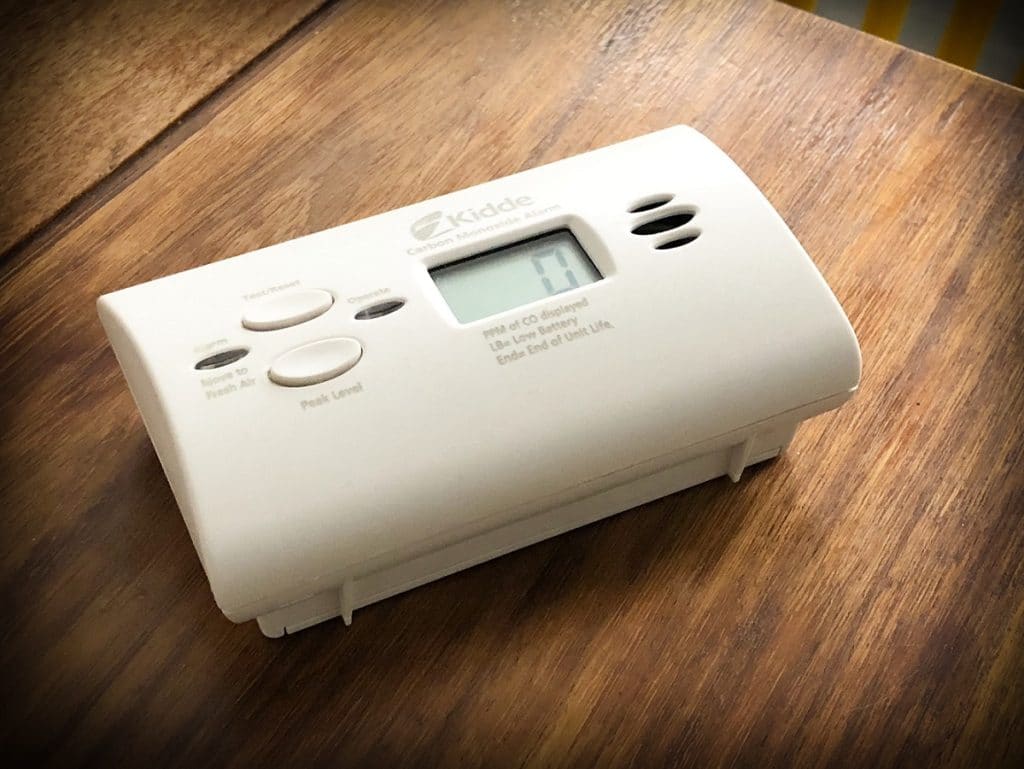
Taking responsibility into our own hands
While it's partially the responsibility of the Airbnb host, or hotel managers, to make sure that environments are safe for guests, not every hotel or Airbnb will have a carbon monoxide and gas detector. In fact, Airbnb has a disclaimer on their listings when the owner hasn't reported a carbon monoxide meter in their property.
As travelers, we can't always rely on Airbnb hosts or hotel managers to be conscientious of the risks of carbon monoxide poisoning. Instead, we should take responsibility in our own hands. We should always travel with our own carbon monoxide meter.
The easiest place to buy a travel carbon monoxide detector is online. Amazon has plenty of battery-operated carbon monoxide detectors that are perfect for travel. They are small and can fit into your carry-on or checked bag. Our favorite brand is the Kidde carbon monoxide alarm. It's battery-operated and has a digital display. And it only costs about $25!
Want to know what other things we always travel with? Read our travel essentials posts.
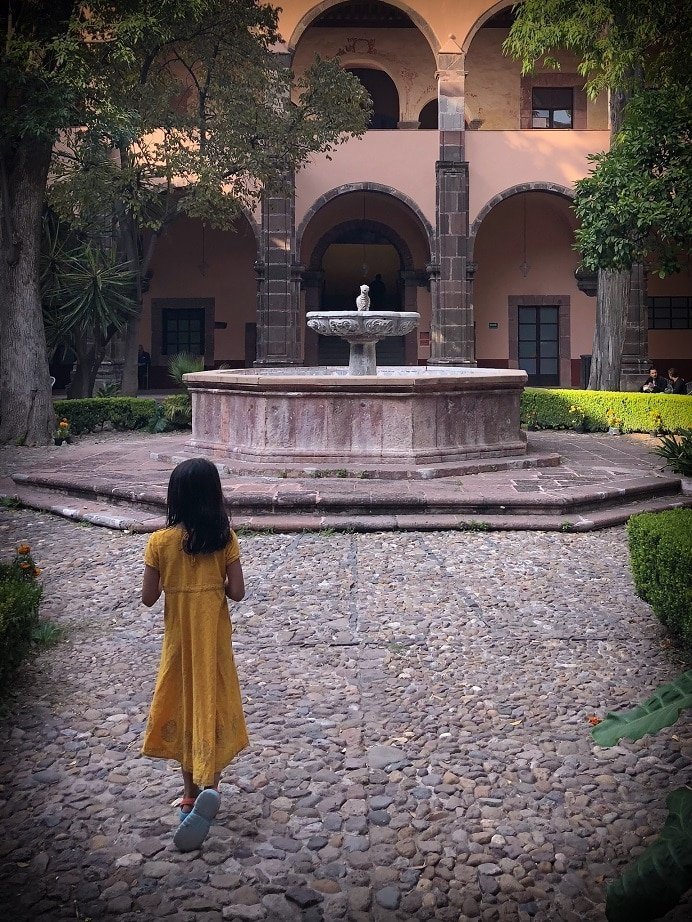
Never leaving home without a travel carbon monoxide detector
It's a privilege to be able to travel. And we enjoy the experience of travel so much. But our recent carbon monoxide scare made us realize the risks that come with travel.
We were lucky that nothing serious happened to our family. Other than a headache, stomach pains, and nausea, my husband was fine after a day. We acted quickly and took our family out of a potentially lethal situation. Our travel carbon monoxide detector literally saved our lives.
If you're planning on traveling, consider taking a carbon monoxide and gas detector with you. For a small investment, you could potentially save thousands in hospital care and treatment!
Do you travel with a travel carbon monoxide detector? Share your experiences with it in the comments.
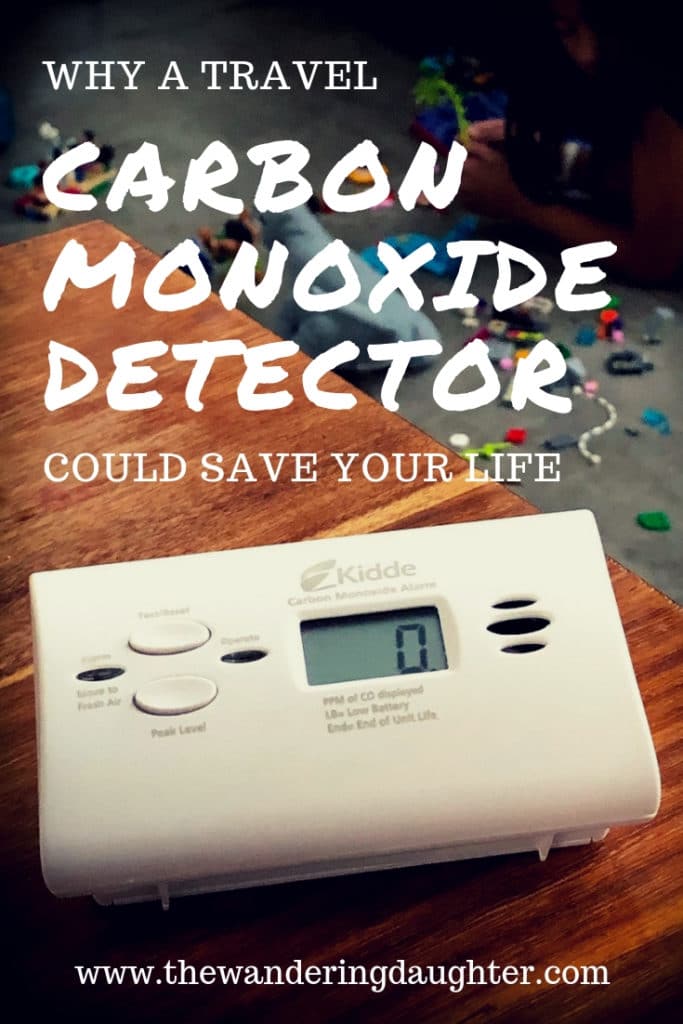
Need help thinking through how to budget for a family trip? My Travel Budget Worksheet is just the tool you need! Click here to receive your free copy by signing up for my newsletter.
Want to connect with me on social media? Find me on Facebook, Instagram, Pinterest, and Twitter. And for those of you who are dedicated to traveling more responsibly, sustainably, and ethically, join over 500 like-minded families on my Facebook group, Responsible Family Travel.



